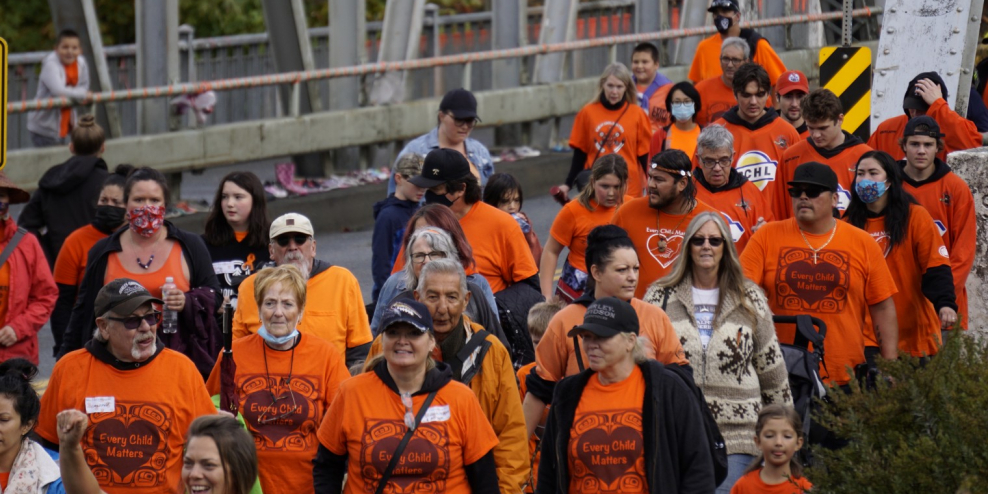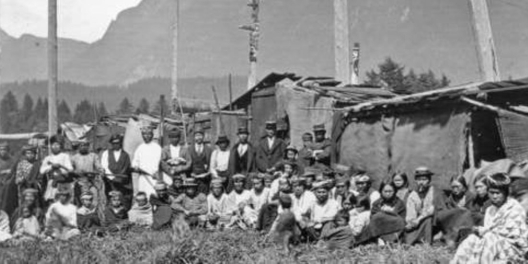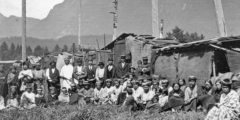Remembering is important, but joining together to support each other today is even more so.
Port Alberni’s Orange Shirt Day Walk for National Reconciliation gives us the opportunity to do both.
The Tseshaht First Nation will hold the walk on Sept. 30.
Everyone will be donning orange shirts and making a trek to honour the Survivors of residential schools and the thousands more who did not make it home.
Walkers will gather at Harbour Quay starting at 10:30am then start walking at 11:00am to Maht Mahs gymnasium on Tseshaht First Nation land. The route takes walkers over the Orange Bridge, which has just been painted orange to honour the children who crossed that bridge to the Alberni Residential School.
There will also be stop along the way in front of the Hupacasath Welcome Figures at Victoria Quay.
A lunch will be served at Maht Mahs after 1:00 p.m. Chief Willie Blackwater of the Gitxsan Nation will give a presentation at 1:30 p.m.
From 2:15 p.m. onward, the floor will be open for performances, storytelling, and remembrance of those who’ve been lost.
The event will conclude with a dinner. Want to donate to help pay for the food? Contact Melissa Bigmore at (250) 724-1225.
The day is all about embracing the spirits of the past, and letting them know we still see them.
As the pamphlet for the event reads, “Walk for yourself, walk for a survivor, walk for those that cannot, or walk for those that are no longer with us.”
All participants are encouraged to wear orange to remember Indigenous children and families affected by Residential schools.
Orange Shirt Day was started by Phyllis Webstad, who is Northern Secwpemc (Shuswap) from the Stswecem’c Xgat’tem First Nation.
She was just six years old in 1973 when she was brought to St. Joseph’s Mission Residential School. Her family didn’t have much money, but her grandmother managed to buy her a new outfit for school. Phyllis had picked out a shirt she felt was beautiful to wear on her first day.
“It was really exciting. I picked out an orange shirt and it was really shiny and it just sparkled,” she told Diane Amato for RBC’s People.
But the people who ran the St. Joseph’s stripped of her clothes. They took her orange shirt away, and she never saw it again. This was only the first crushing moment she would experience during her year at the school.
Since that day, to Webstad, the colour orange has symbolized being viewed as worthless. “Orange has always been to me… not mattering to anyone,” she said. “Nobody cared that we had feelings. So to me, that’s what orange meant,” she told Amato.
She didn’t wear orange again for 40 years. But in 2013, she wore an orange sweater to a press conference for the St. Joseph’s Mission Residential School Commemoration Project. She told her story publicly for the first time.
Now, wearing orange symbolizes taking back that colour for everyone who has been touched by residential schools. The gives it a new meaning of hope, strength, defiance, and unity.
Join in to help bring about a better future, where we can all walk together and orange can mean something beautiful for everyone.









